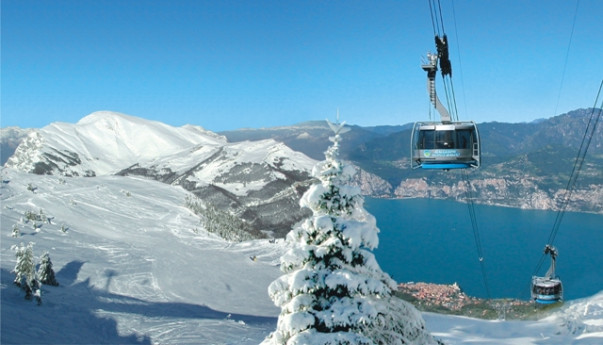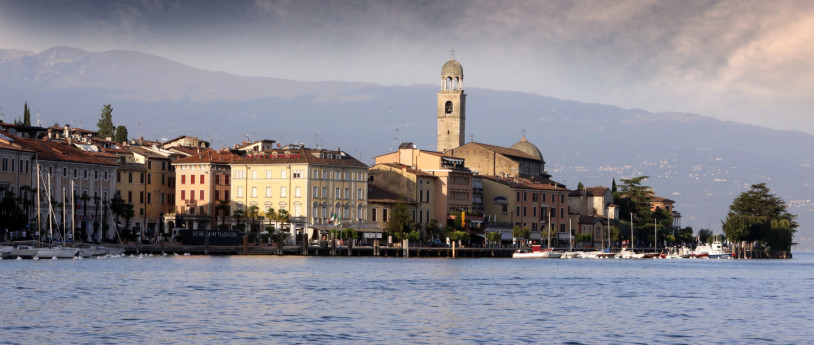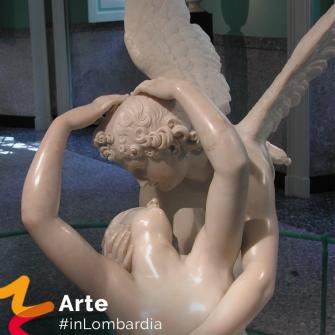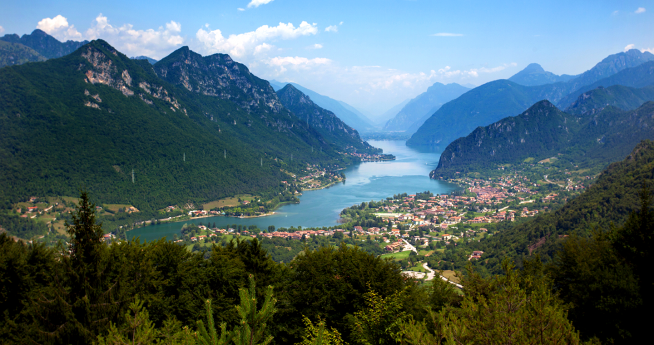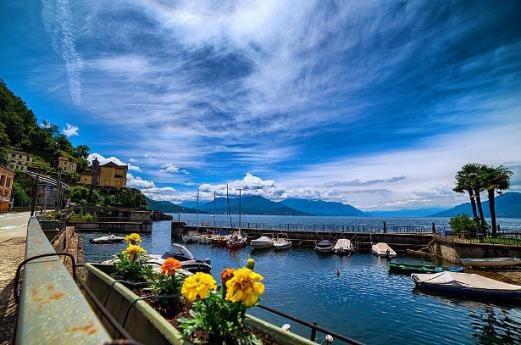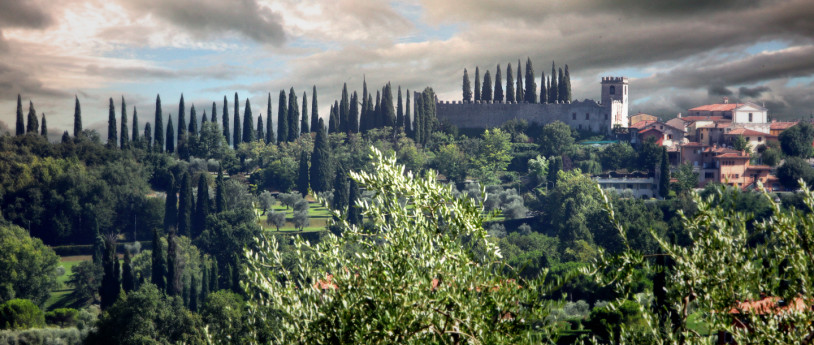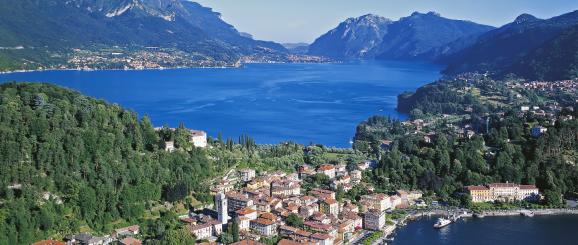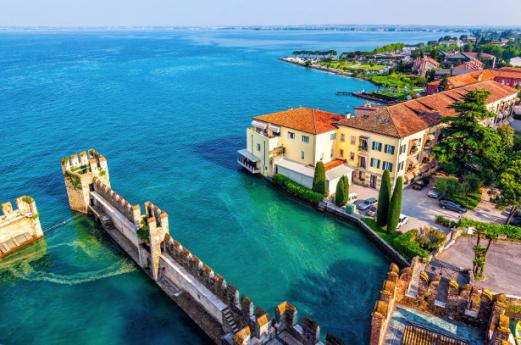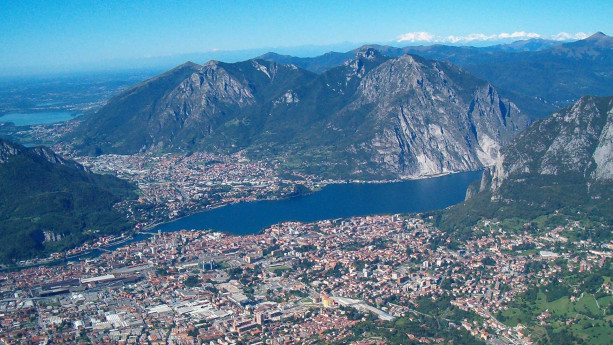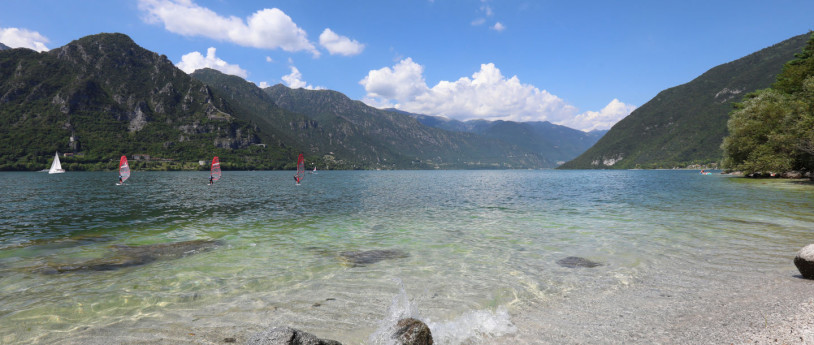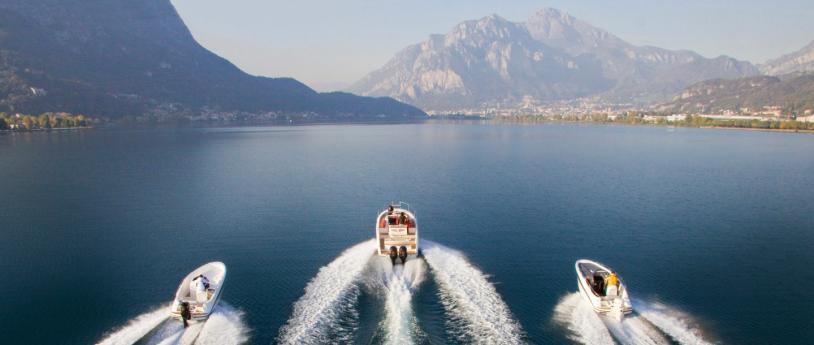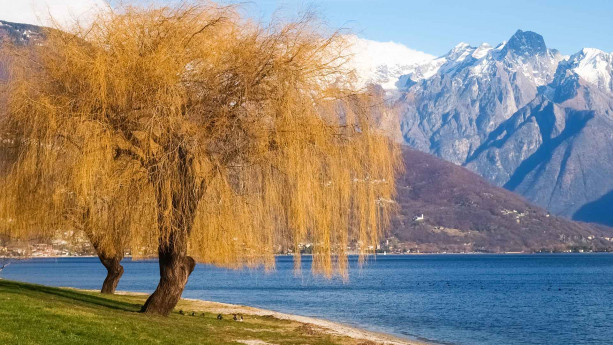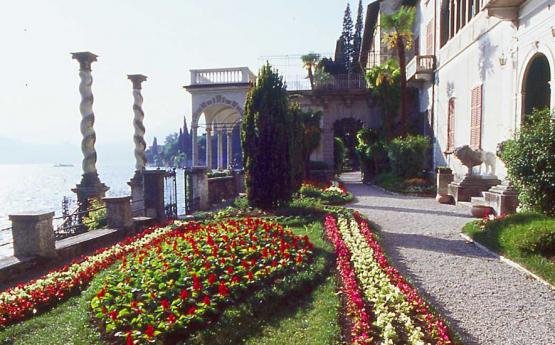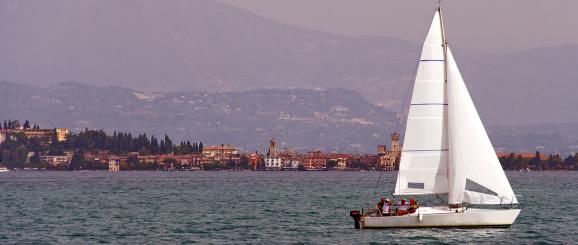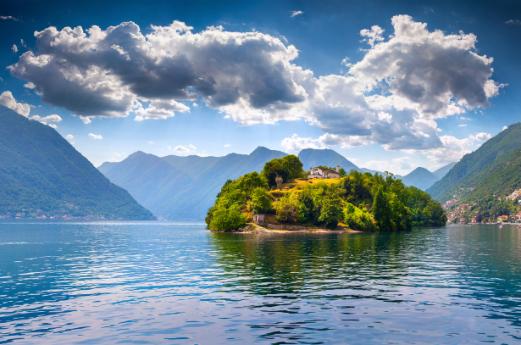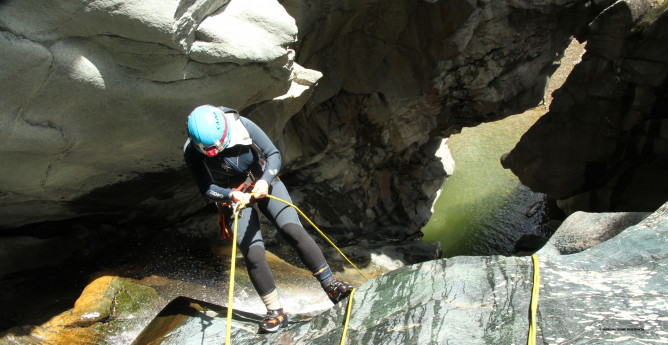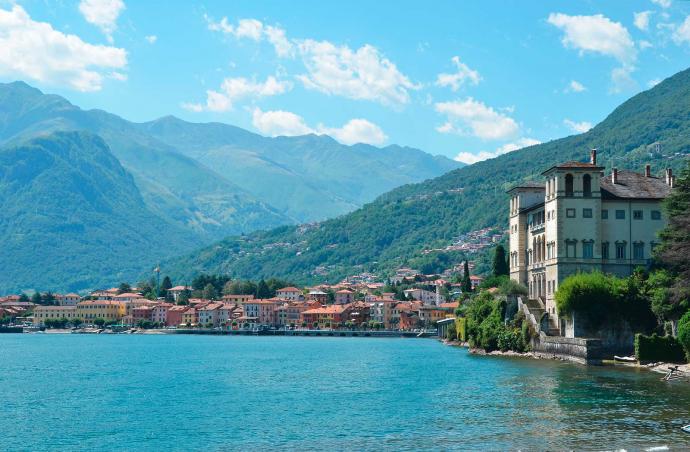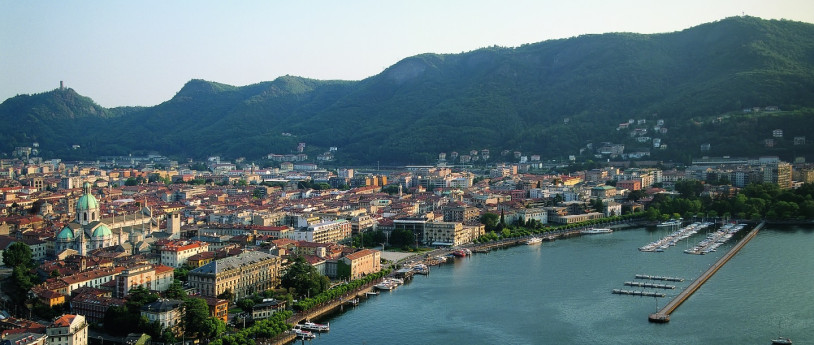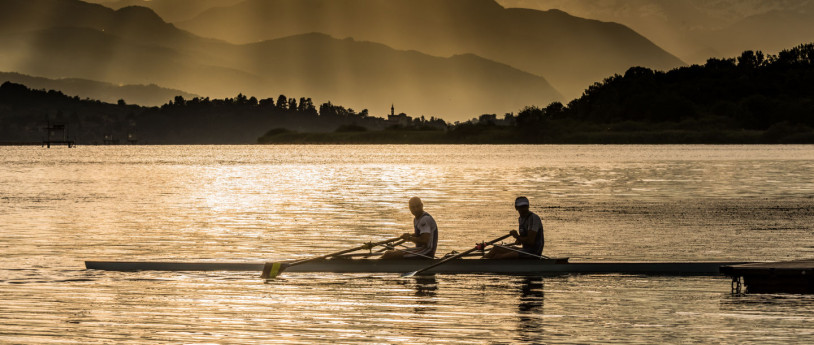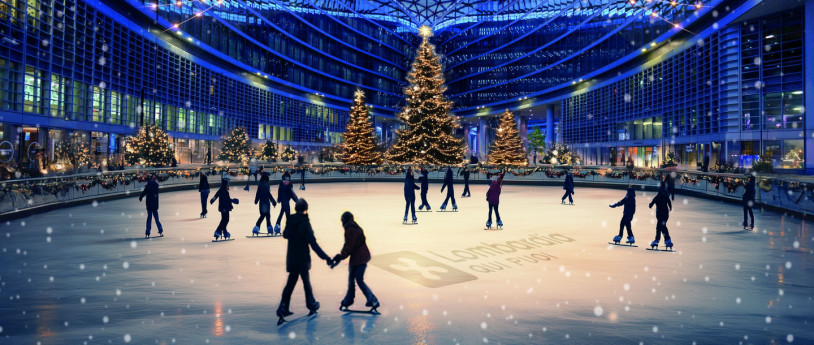- Lakes
- Art & Culture
Lago di Iseo: prehistory and bubbles
The first Italian Unesco World Heritage Site, the national rock engraving park is truly exceptional.
Thousands of figures engraved into the rocky walls in the Valle Camonica tell of the daily life of the local inhabitants between the Paoleolithic age and the arrival of the Romans. Carts and ploughs show that they were initially farmers, then, towards 3000 B.C., they discovered the art of metal working and started to hunt. As civilisation progressed,
so too did the historiations, enriched to become almost narrative in nature. This real-life journey back in time offers different routes and opportunities, with the original site having seen the addition of other parks and museums in a circuit like no other anywhere in the world.
Pyramids of earth
The Egyptians never came to Zone, but here too there are “Pyramids”. Modelled over the centuries by the erosive action of water on the moraine soils of the mountain, these amazing conical shapes stand majestically erect opposite Lago di Iseo, measuring up
to 30 metres in height. Surrounded by a nature reserve at 400-600 metres above sea level, these elegant structures in earth are protected by a stone “hat” that defends them from the elements. Comparing them to stalagmites hidden in grottoes is inevitable, but the view to be enjoyed from this hill adds a completely different touch. The more adventurous can cycle to Zone, following a trail that offers a splendid view of these
sculptures in earth.
Cycling along the Oglio
The slight downhill slope makes the Valle Camonica cycle path suitable for all “no oil”
fans wanting to pedal their way through the valley (about 40 km). The start is in Capo di Ponte, home to the educational museum of art and prehistoric life. The route heads towards Pisogne along dedicated asphalt paths or secondary roads with little traffic, alongside the River Oglio and through various old town centres, like Breno. There are stopping points with facilities along the way. From Pisogne, cyclists can catchthe train back to the start.
Wetlands by night
A marshland of international importance, the nature reserve of the Torbiere del Sebino
peat bog goes from Franciacorta to Lago di Iseo. It is considered a priority area for biodiversity, mainly made up of rushes and water, surrounded by farmed land that includes the Franciacorta vineyards. Access is on wooden walkways that link the various tongues of earth between the pools of water. Ideal for birdwatching. Each of the three entrances (the visitor welcome centre in Iseo, Provaglio, the monastery of San Pietro in Lamosa, and the Le Torbiere shopping centre in Corte Franca) has automatic
dispensers selling the one-euro tickets for entry day or night.
Cheers Franciacorta!
Home to wines of excellence, Franciacorta is a paradise for tourists that goes beyond all its unmissable food and wine itineraries: from the waters of Lago di Iseo to the vineyard covered hills, from natural phenomena like the Monticelli Brusati waterfalls and historic buildings. A must-visit is Bornato castle, a Roman complex of buildings that also includes a villa from the Rinascimento, privately owned but open to visitors. To learn all about the history of the wine-making process, a visit to the Ricci Curbastro Agricultural Museum of Wine is a must. Its thousands of exhibits testify to how work in the vineyards has changed.
5 reasons for...
1. Iseo. Medieval at heart, Iseo looks out over the lake of the same name, bordered by
a long, scenic promenade. In the main piazza, named in memory of Giuseppe Garibaldi, stands the Italian monument dedicated to the “hero of two worlds” (1883), by the sculptor Luigi Bordini.
2. Santa Maria del Giogo. A classic spring walk starting from Sulzano or higher up from
Colmi above Polaveno, with a few slightly uphill stretches that lead to the Santuario di Santa Maria del Giogo shrine. Magnificent views to the east over Val Trompia valley, and to the west of Lago di Iseo.
3. Dancing Herbs Park, Paratico. A series of green pastures around the Paratico lakeside flatter the scenery around the lake: a pergola of fox grapes, a pond of white water lilies, and the wavy lines of gravel paths.This walk won the Landscape Award
of the Council of Europe.
4. Gnome Wood, Zone. A chance to savour the fascinating connection between lake
and mountain. The wood is inhabited by real and imaginary characters engraved by
the artist Rosso (Luigi Zatti) on trunks still rooted in the ground. The atmosphere is special, with singular views completing the experience.
5. Piccola Tahiti, Marone. White stones and a wonderful view of the lake and the mountain behind for this beach with its exotic name.
